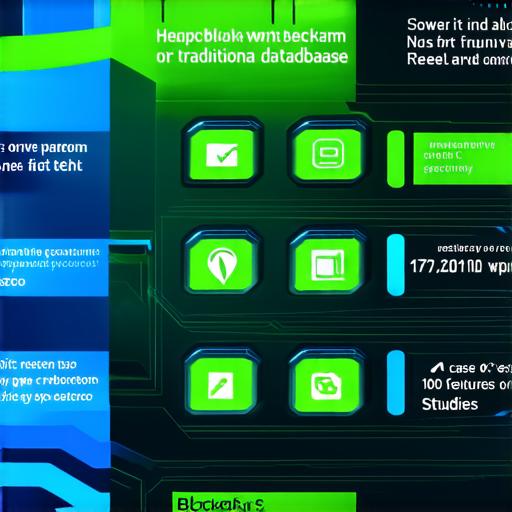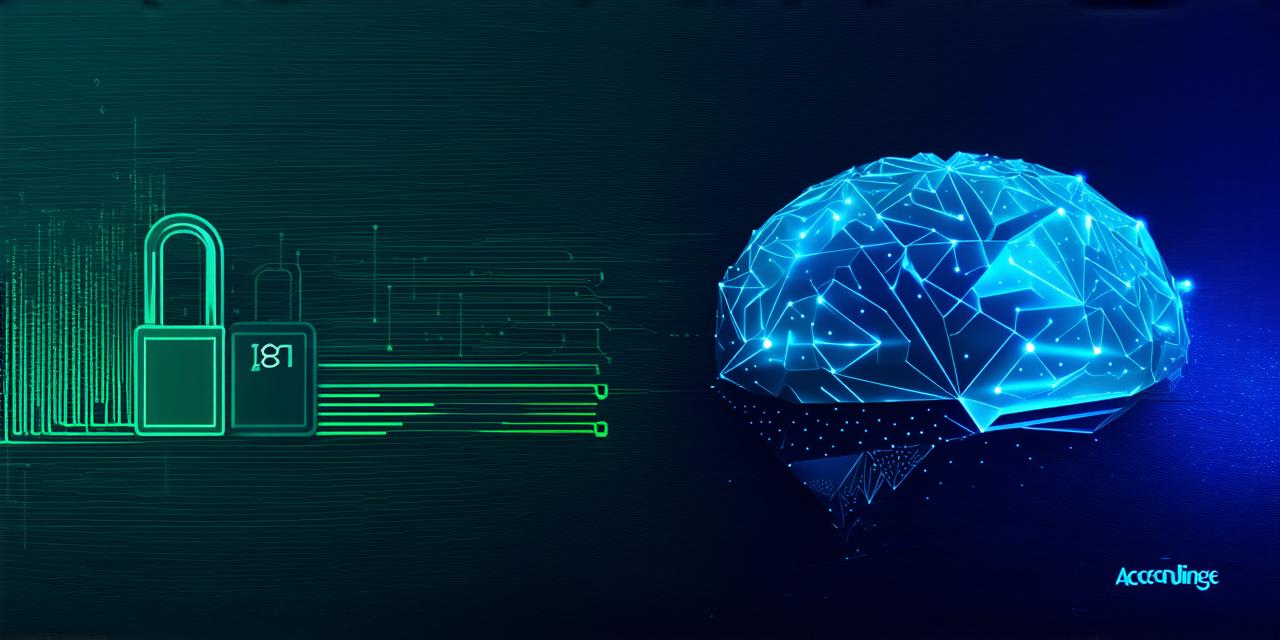Introduction
Blockchain is a decentralized, distributed ledger that enables secure and transparent transactions without the need for intermediaries. It was first introduced as the underlying technology behind Bitcoin in 2008 but has since been adapted for various use cases such as supply chain management, voting systems, and identity verification.
Architecture
The architecture of blockchain and traditional database models is fundamentally different. In a blockchain network, there is no central authority controlling the ledger, and each participant has an equal say in validating transactions. This means that there are multiple copies of the same data distributed across a network, which makes it almost impossible to tamper with or alter the data. In contrast, traditional database models have a single source of truth, and any changes made to the data must be authorized by the central authority.
Security
Security
is another key difference between blockchain and traditional database models. Blockchain uses cryptography to ensure that data is secure and tamper-proof. Each transaction in a blockchain network is encrypted and linked to the previous transaction, making it virtually impossible to alter or delete any data. In contrast, traditional database models rely on complex algorithms and security protocols to protect data from unauthorized access or tampering.
Scalability
Blockchain technology is highly scalable, which means that it can handle a large number of transactions without compromising performance. This is achieved through the use of sharding, where data is split across multiple nodes in the network, allowing for faster transaction processing and reduced latency. In contrast, traditional database models are limited in their ability to scale as they rely on a single server or multiple servers managed by a single entity.
Real-life examples
Now that we have discussed the key differences between blockchain and traditional database models let’s look at some real-life examples of how these systems can be used to solve specific problems.
Supply chain management
One of the most well-known use cases for blockchain technology is supply chain management. Blockchain can be used to create a transparent and secure ledger that tracks products from the point of origin to the final destination. This enables companies to monitor the entire supply chain and identify any potential issues or fraudulent activities. By using blockchain, companies can also reduce the time and costs associated with traditional supply chain management systems.
Voting systems
Blockchain technology can be used to create secure and transparent voting systems that are resistant to tampering and hacking. By using a decentralized ledger, it is possible to ensure that every vote counts and that the results cannot be manipulated. This has the potential to increase voter confidence in the electoral process and reduce the risk of fraudulent activities.
Identity verification
Blockchain technology can also be used for identity verification purposes. By creating a secure and decentralized ledger, it is possible to verify the identity of individuals without relying on centralized authorities such as governments or financial institutions. This has the potential to reduce identity theft and other forms of fraud and improve privacy and security for individuals.
FAQs
Q: What are the main differences between blockchain and traditional database models?
A: Blockchain is decentralized, distributed ledger that enables secure and transparent transactions without the need for intermediaries. In contrast, traditional database models are centralized systems that store data on a single server or multiple servers managed by a single entity.
Q: How does security differ between blockchain and traditional database models?

A: Blockchain uses cryptography to ensure that data is secure and tamper-proof. Each transaction in a blockchain network is encrypted and linked to the previous transaction, making it virtually impossible to alter or delete any data. In contrast, traditional database models rely on complex algorithms and security protocols to protect data from unauthorized access or tampering.
Q: What are some real-life examples of how blockchain technology can be used?
A: Blockchain technology can be used for supply chain management, voting systems, and identity verification. These are just a few examples of how blockchain technology can be used to solve specific problems and improve efficiency, security, and transparency.
